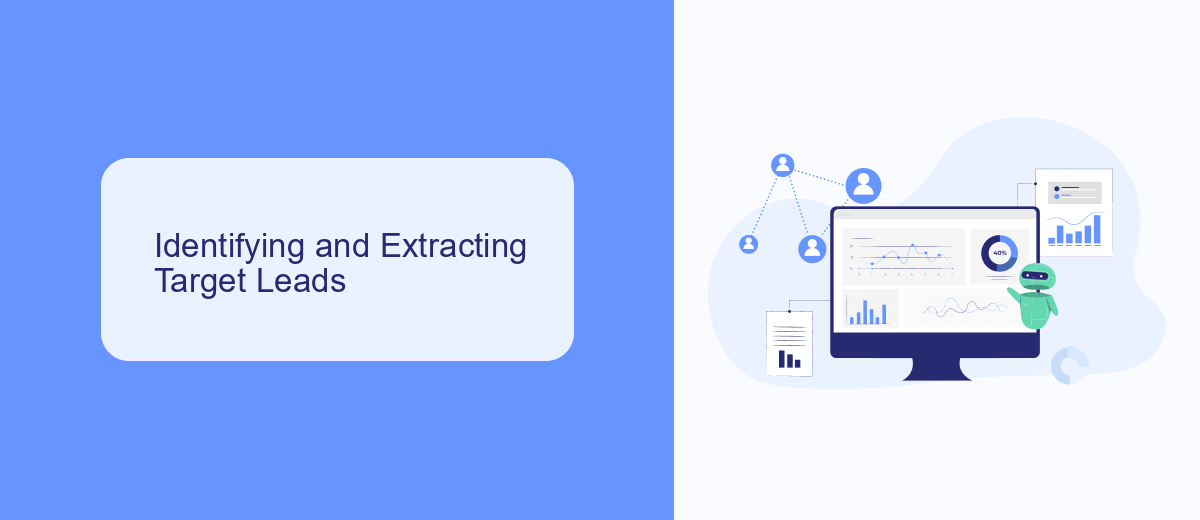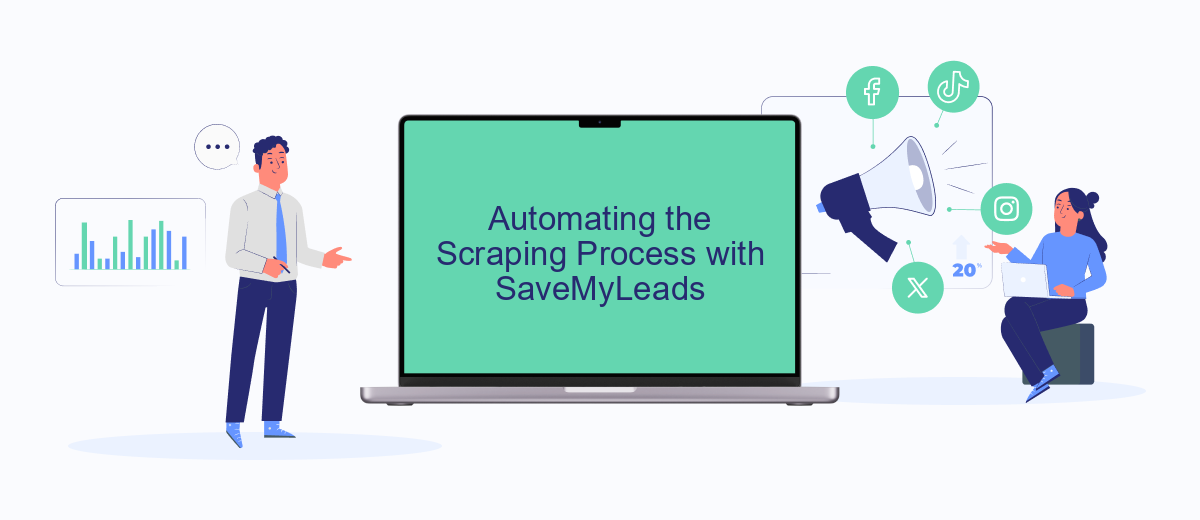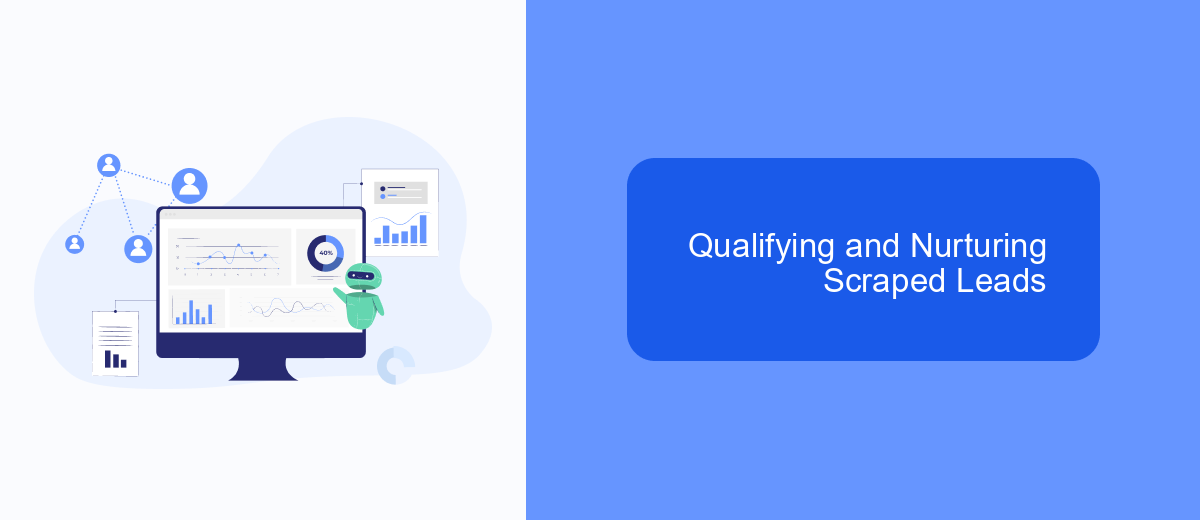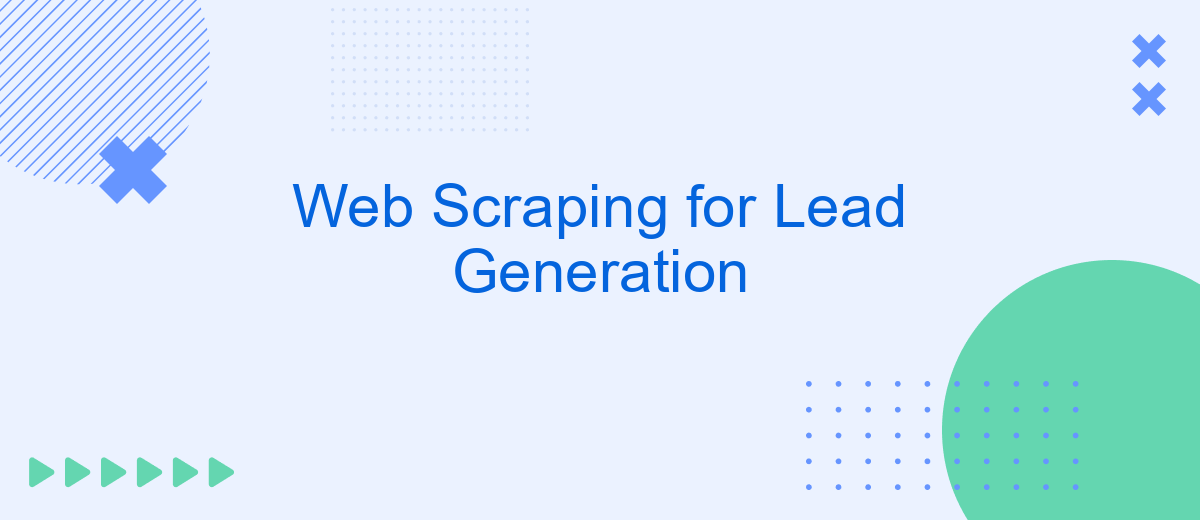Web scraping has emerged as a powerful tool for lead generation, enabling businesses to extract valuable data from websites efficiently. This technique automates the collection of information such as contact details, company profiles, and market trends, helping companies to identify and reach potential clients. In this article, we explore how web scraping can revolutionize your lead generation strategy.
Web Scraping for Lead Generation: Introduction
Web scraping has become an essential tool for businesses aiming to streamline their lead generation processes. By automating the extraction of data from websites, companies can gather valuable information about potential clients and market trends more efficiently.
- Automated data extraction
- Real-time information gathering
- Enhanced targeting of potential leads
With the help of web scraping, businesses can gain a competitive edge by accessing a wealth of data that would otherwise be time-consuming to collect manually. Services like SaveMyLeads can further enhance this process by integrating various data sources, ensuring that your lead generation efforts are both efficient and effective.
Identifying and Extracting Target Leads

Identifying and extracting target leads is a crucial step in the web scraping process for lead generation. The first step involves defining your ideal customer profile (ICP) by analyzing demographics, firmographics, and behavioral data. This helps in narrowing down the criteria for potential leads. Once the ICP is established, you can use web scraping tools to collect data from various online sources such as social media platforms, business directories, and industry-specific websites. These tools can automatically gather relevant information like contact details, job titles, and company names, which are essential for building a robust lead database.
After collecting the data, the next step is to filter and validate it to ensure accuracy and relevance. This can be achieved by integrating web scraping tools with data validation services. For instance, SaveMyLeads offers seamless integration options that allow you to automate the process of transferring and validating lead information. By using such services, you can ensure that your lead database is up-to-date and free from errors. This not only saves time but also enhances the efficiency of your lead generation efforts, enabling you to focus on converting these leads into customers.
Automating the Scraping Process with SaveMyLeads

Automating the web scraping process can significantly enhance your lead generation efforts, saving both time and resources. One efficient tool for this purpose is SaveMyLeads, which integrates seamlessly with various platforms to streamline data collection and management.
- First, sign up for an account on SaveMyLeads.
- Next, configure your scraping parameters and target websites.
- Then, set up automated workflows to transfer the scraped data to your CRM or email marketing platform.
- Finally, monitor the process and make adjustments as needed to optimize performance.
By leveraging SaveMyLeads, you can automate repetitive tasks and focus more on analyzing the data and strategizing your outreach efforts. This tool not only simplifies the scraping process but also ensures that your lead generation pipeline remains robust and efficient.
Qualifying and Nurturing Scraped Leads

Once you've scraped a list of potential leads, the next crucial step is to qualify and nurture them. Qualifying leads involves evaluating their potential to become paying customers. This can be done by assessing various factors such as their industry, company size, and engagement level with your content.
After qualifying the leads, nurturing them is essential to move them through the sales funnel. This involves consistent communication and providing valuable content that addresses their needs and pain points. Personalized email campaigns, targeted social media interactions, and timely follow-ups are effective strategies for nurturing leads.
- Segment your leads based on their qualification criteria.
- Use automated email sequences to keep leads engaged.
- Leverage tools like SaveMyLeads to integrate your lead data with CRM systems.
- Track lead interactions and adjust your nurturing strategy accordingly.
By effectively qualifying and nurturing your scraped leads, you can significantly increase the chances of converting them into loyal customers. Employing tools like SaveMyLeads can streamline your processes, ensuring that no potential lead falls through the cracks.
Measuring and Optimizing Web Scraping Performance
Measuring the performance of your web scraping efforts is crucial for ensuring efficiency and effectiveness. Key metrics to consider include the speed of data extraction, accuracy, and the volume of data collected. Tools like logging and monitoring systems can help track these metrics in real-time. Additionally, it's important to monitor the success rate of your scraping tasks to identify any potential issues with website changes or blocking mechanisms.
Optimizing web scraping performance involves several strategies. First, ensure your code is clean and efficient, minimizing unnecessary requests and data processing. Using proxies and rotating IP addresses can help avoid being blocked by target websites. Furthermore, consider integrating services like SaveMyLeads to automate and streamline data processing and lead generation tasks. This service can help you manage and optimize the data flow from your scraping activities to your CRM or marketing platforms, ensuring that your lead generation efforts are both effective and scalable.
- Automate the work with leads from the Facebook advertising account
- Empower with integrations and instant transfer of leads
- Don't spend money on developers or integrators
- Save time by automating routine tasks
FAQ
What is web scraping for lead generation?
Is web scraping legal?
What tools can I use for web scraping?
How can I automate the process of integrating scraped data into my CRM?
What are the best practices for ethical web scraping?
Use the SaveMyLeads service to improve the speed and quality of your Facebook lead processing. You do not need to regularly check the advertising account and download the CSV file. Get leads quickly and in a convenient format. Using the SML online connector, you can set up automatic transfer of leads from Facebook to various services: CRM systems, instant messengers, task managers, email services, etc. Automate the data transfer process, save time and improve customer service.

